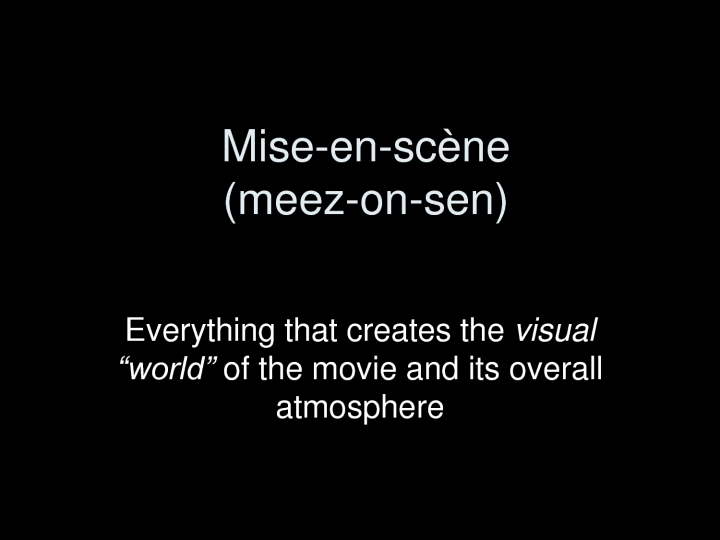
Mise-en-scène is a critical element within all film, but particularly within cinema du look. Lighting, color, and props all play significant roles in Léon: The Professional, Boy Meets Girl, and Diva; in fact, these roles could be considered more important than the actors themselves.
The color tone of each film is crucial in creating the visual atmosphere so famous of cinema du look. Besson structures Léon: The Professional in all sepia tones; the costumes, set pieces, and settings of the film are draped in a sepia coloration. This choice of stark, drab color accents props – for instance, the large amount of weaponry in Léon’s and his foe’s possessions, as well as the explosions, gun shots, and injuries these tools cause. Besson uses mise-en-scène to juxtapose harsh props such as the weaponry against mundane backdrops such as Léon’s apartment.
In Boy Meets Girl, Carax takes color composition one step further. Carax shot the film in black and white, which contributes to the overall atmosphere of despair and isolation, as well as the romantic undertones. The choice of a black and white film lends itself to lighting. Carax is able to produce starker shadows and sharper lines, creating a distinct visual aesthetic. This color choice also plays into props and set. Props that initially might add to the vivacity of a scene – such as flowers or paintings or even clothing, for instance – add nothing, as they are simply one with the rest of the dreary world. Sets that would originally be colorful, such as a blue sky or a vibrant home, are reduced to their blunt lines and hard edges. However, though objects are stuck in the rigidity of their features, Carax is able to soften the edges of his characters by using light and shadows the create certain auras around his characters and thus a distinct visual appeal to the overall film.
Diva distinctly juxtaposes both Boy Meets Girl and Léon: The Professional in that Beineix uses bright and vibrant color to create his film. The color demonstrates the status of the characters as well as the commercialism and overwhelming capitalism of the time and place. By using color so liberally, Beineix is able to create a visual aesthetic that spans multiple aspects of mise-en-scène: costumes, props, and sets. As Diva is the initial film of cinema du look, the use of loud color in numerous facets of the film’s mise-en-scène creates a distinct vibe, appeal, and overall “look” to the genre as a whole.
As cinema du look is so visually based, the elements of mise-en-scène are crucial in analyzing the films in this genre. Set, props, costumes, and – most of all – color create the ultimate vibrant, stunning, unique “look” of cinema du look.
Image: <https://ritasnsantos.wordpress.com/2013/10/24/rear-window-44-shots-analysis/>
